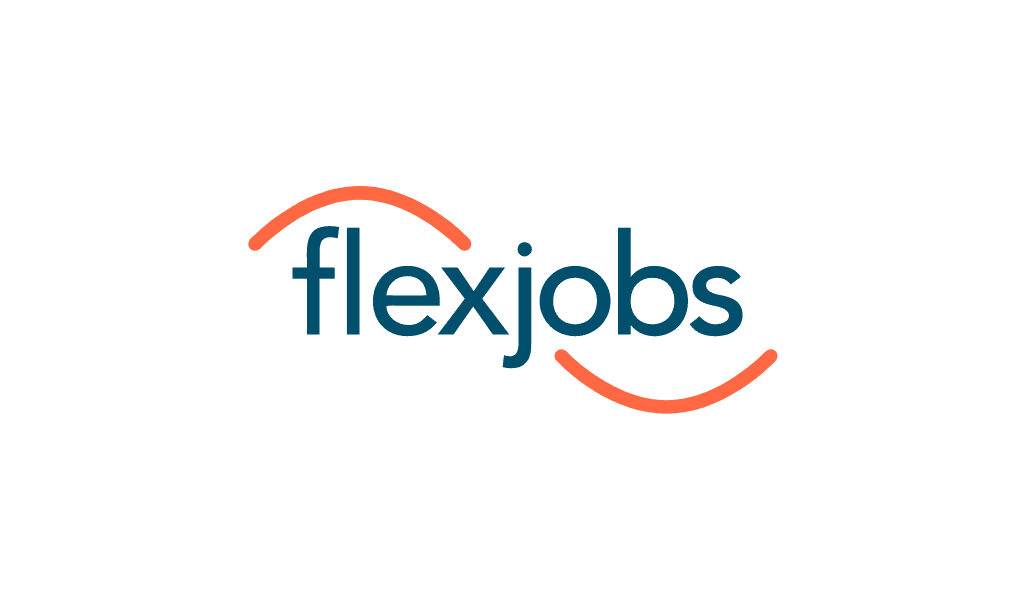A new study released today by Clinical Magnet, the only exclusive healthcare recruitment process outsourcing (RPO) provider in the U.S., and HRO Today, a leading publisher and producer of events for senior-level human resources executives, reveals that the lack of patient-facing staff in hospitals is a major contributor to low occupancy rates, costing U.S. hospitals millions of dollars a year and adversely impacting patient care, satisfaction and wellness programs.
The study, “HR in the ER,” also shows that hospital HR professionals believe an underinvested HR function directly impacts the ability to recruit, hire and find the right people. Without adequate staff, hospitals are being forced to turn patients away, resulting in lower occupancy rates. It is estimated that hospitals are losing between $8,400 and $12,000 each day for every empty bed.
“Many hospital executives are in cost-cutting mode, but don’t realize that not putting resources behind HR to hire qualified staff has an enormous impact on revenue and patient care,” said Travis Furlow, president of Clinical Magnet. “Less staff doesn’t always equate to cost savings.”
“HR in the ER” study participants included HR and hiring managers, directors and vice presidents from hospitals nationwide.
Other key findings from the study include:
• Nearly two-thirds of respondents, 62 percent, say their hospitals don’t meet patient count goals nearly 50 percent of time due to insufficient patient care staffing.
• Almost 50 percent of the hiring managers surveyed said that patient care staffing levels are low in their hospitals because they can’t find enough professionals with the right skill sets.
• More than 70 percent of survey participants indicated that wellness programs at their facilities are limited because they don’t have the necessary staff.
• Almost 80 percent of those polled said patient satisfaction lags at their facilities because they don’t have enough patient care professionals to ensure consistent quality of care.
Inadequate staffing also puts patients at risk. It results in insufficient time with patients, excessively long shifts and fatigue for nurses, which lead to costly mistakes. An article in American Nurse Today reinforced the “HR in ER” findings. The article reported that better RN staffing levels have been shown to reduce patient mortality, enhance outcomes and improve nurse satisfaction. One study by the American Nurses Association (ANA) found that for each additional patient assigned to a given nurse, the patient has a 7 percent increase in the likelihood of dying within 30 days of admission and a 7 percent increase of failure to rescue.
Patient satisfaction also is affected by staffing. Almost 80 percent of participants said their facilities could achieve higher patient satisfaction scores with additional head count. Ratings given by patients in the Hospital Consumer Assessment of Healthcare Providers Survey (HCAHPS), a tool that measures patients’ perceptions of their hospital experience, likely would be higher, study participants said. More and more consumers are using HCAHPS ratings to choose their hospitals. The Patient Protection and Affordable Care Act of 2010 also includes HCAHPS among the measures used to determine the Hospital Value-Based incentive payments to hospitals for Medicare and Medicaid patients. The higher the HCAHPS rating, the higher the incentive payment.
“Hospitals are operating very much the way business did 20 to 30 years ago, with traditional HR structures, when there are more aggressive and progressive solutions out there, such as contingent labor or RPO,” said Larry Basinait, vice president of market research for SharedXpertise, HRO Today’s research arm. “Many hospitals are not using these solutions. Unfortunately, old HR models are adversely impacting acute care. Equally important, they also adversely impact preventive care and wellness programs.”
Respondent to the study also said hospitals are missing out on sizable revenue and cost-savings opportunities by inadequately staffing preventive care and wellness programs. The study shows the average return on investment for wellness programs is almost 54 percent, but more than 70 percent of study participants said the need for qualified staffing for those programs is the major reason more of those programs are not being implemented in their facilities.
“It’s a never-ending cycle,” Furlow said. “Hospitals need to be looking at new ways to ensure that staffing levels meet demand and generate revenue. This is clearly an HR function hospitals are overlooking.”
View the complete survey by clicking here.
About Clinical Magnet
Clinical Magnet, a subsidiary of Supplemental Health Care, focuses solely on recruitment process outsourcing for the healthcare industry. Clinical Magnet partners with healthcare facilities and systems to provide hiring resources and RPO plans to deliver qualified clinicians and staff at a cost-effective price. The company also provides a convenient way for clinicians and staff to find new jobs and receive ongoing career support through innovative technology. For more information, visit www.clinicalmagnet.com.
About HRO Today
HRO Today offers the broadest and deepest reach available anywhere into the human resources industry. Our magazines, web portals, research, e-Newsletters, events and social networks reach over 180,000 senior-level HR decision makers with rich, objective, game-changing content. The company’s number one strength is reach. HR leaders rely heavily on HRO Today‘s Baker’s Dozen Rankings across seven different categories when selecting an HR service provider.














